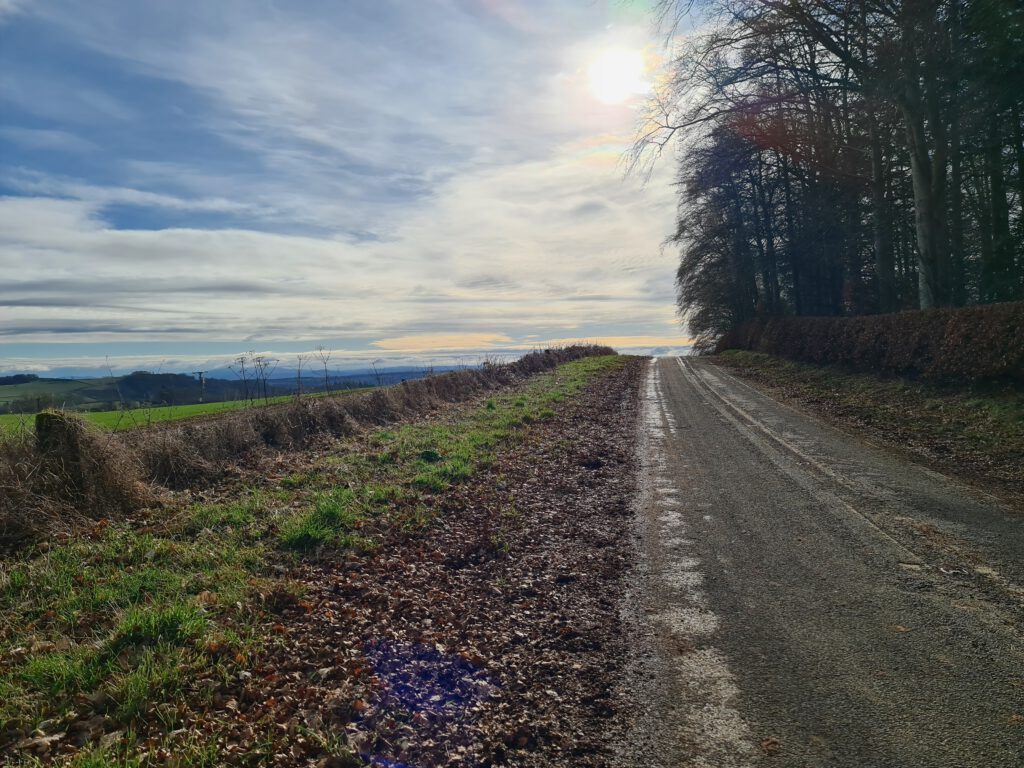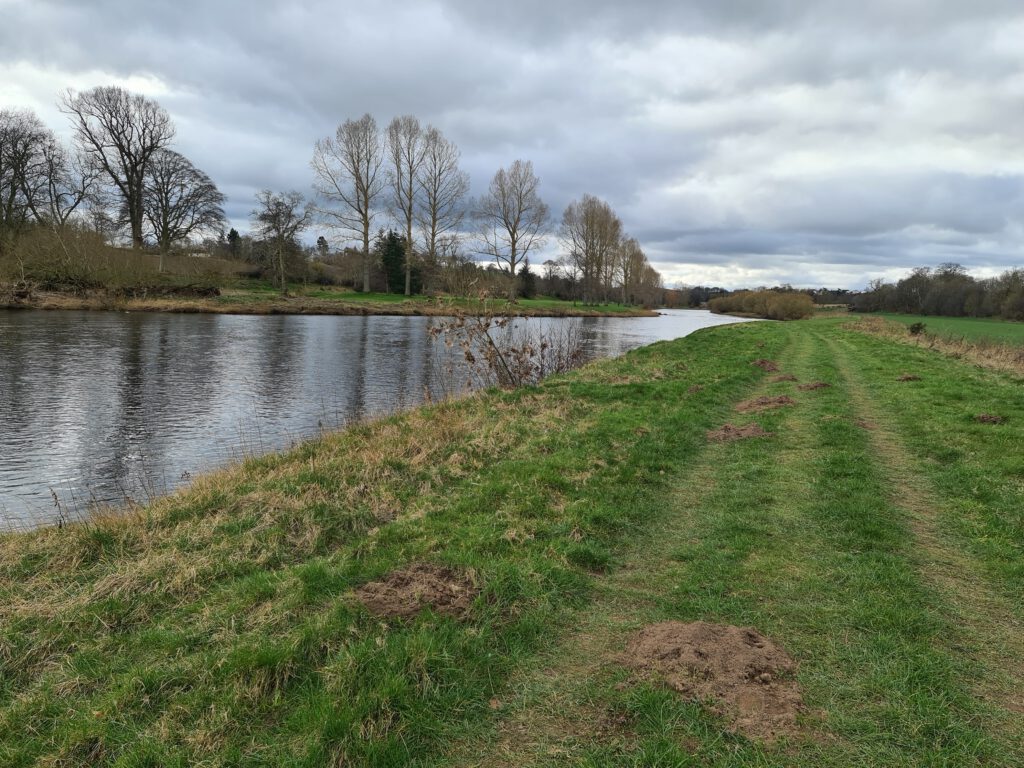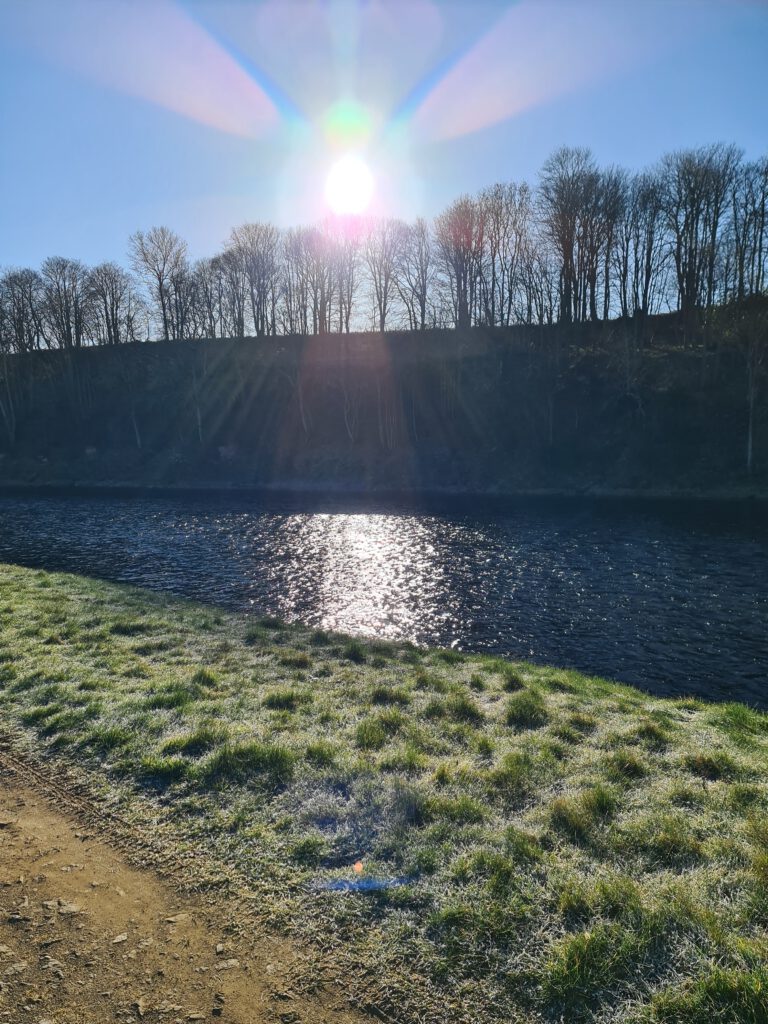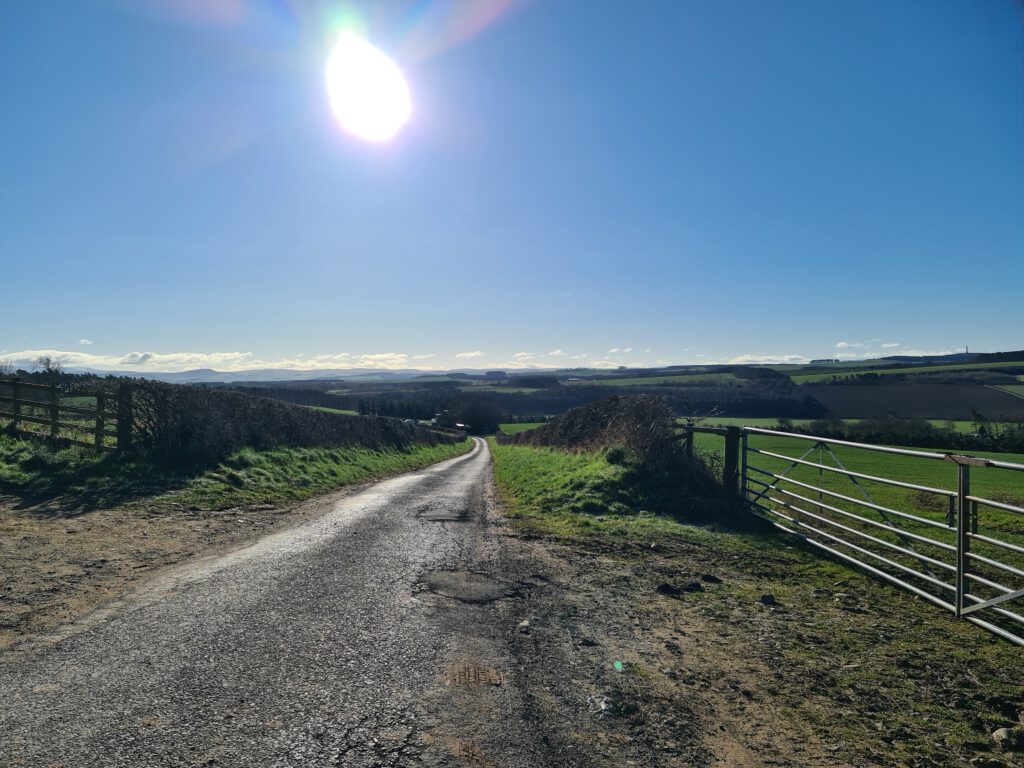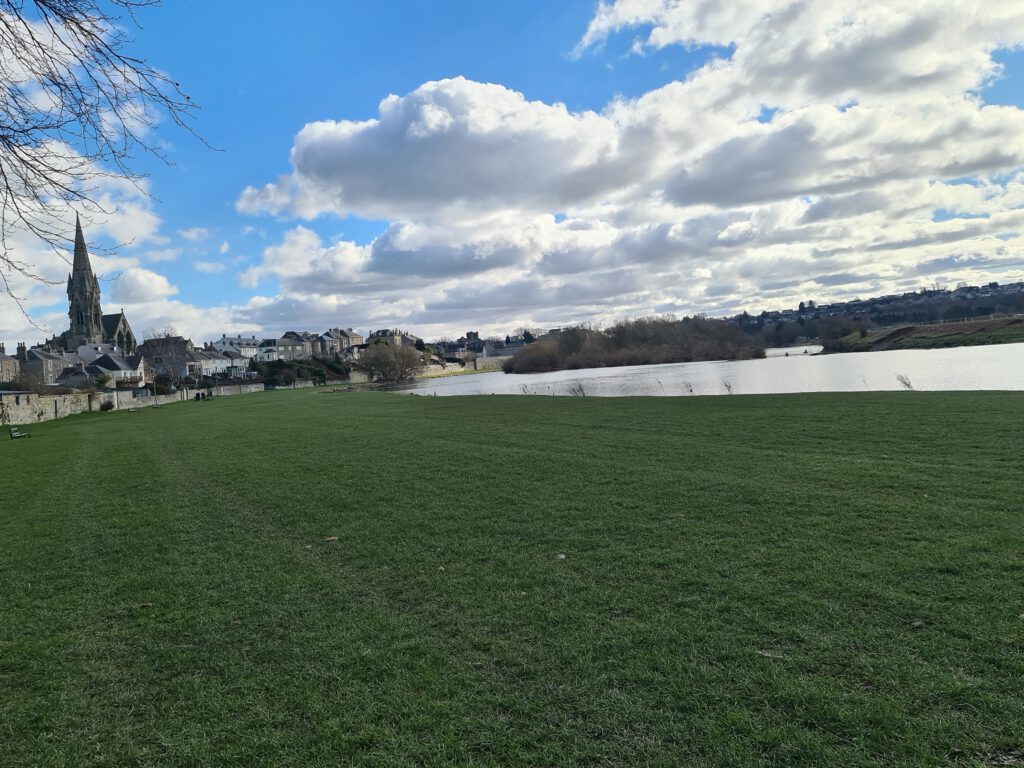The Borders Abbeys Way is not like most the other Scottish long-distance trails, the Great Glen Way for example follows a natural vault while the Rob Roy Way and others are either connected to history or natural places. The BAW does differ in this way, it was created by the Scottish Border Council to attract visitors to the beautiful area of the Scottish Borders.
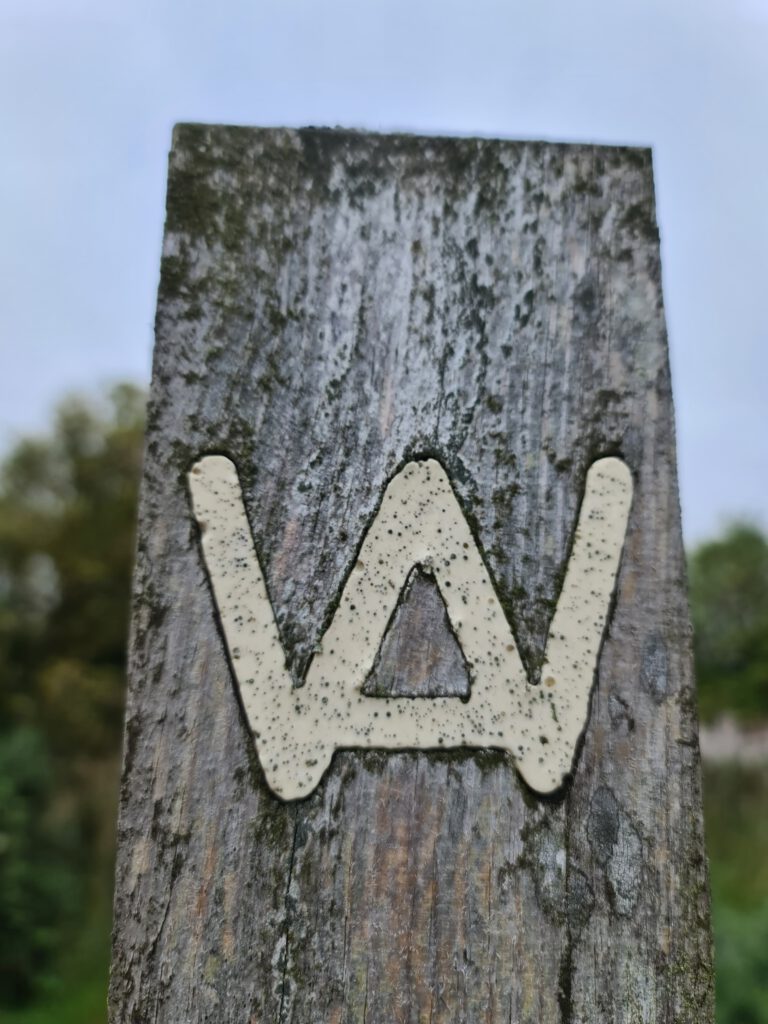

It runs through all the mayor border towns and follows the River Teviot and the River Tweed at some points of the 109 km / 68 miles. Running not simply from A to B but being a circular route, it is easily done and offers various options to start from.
The ancient Reiving Country of the Scottish Borders has much to offer, and the Borders Abbeys Way does offer a great opportunity to explore the most historical of its sights, including the famous border abbeys – Dryburgh Abbey, Melrose Abbey, Kelso Abbey and Jedburgh Abbey as well as Selkirk Auld Kirk and Abbotsford, the Home of Sir Walter Scott.
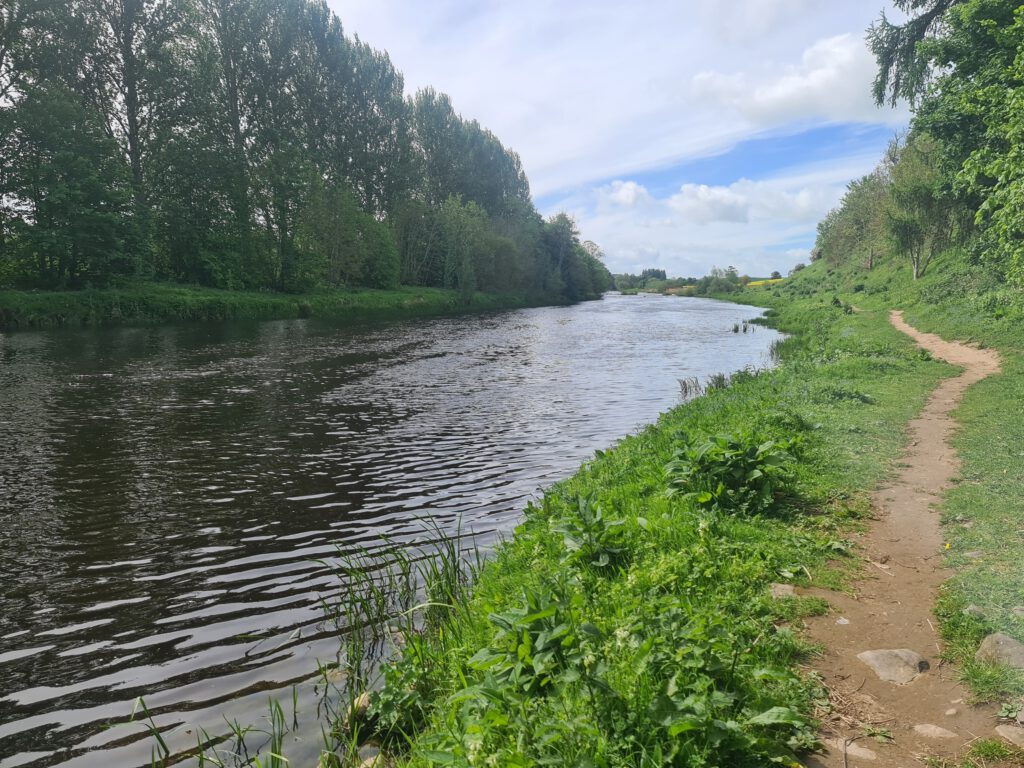
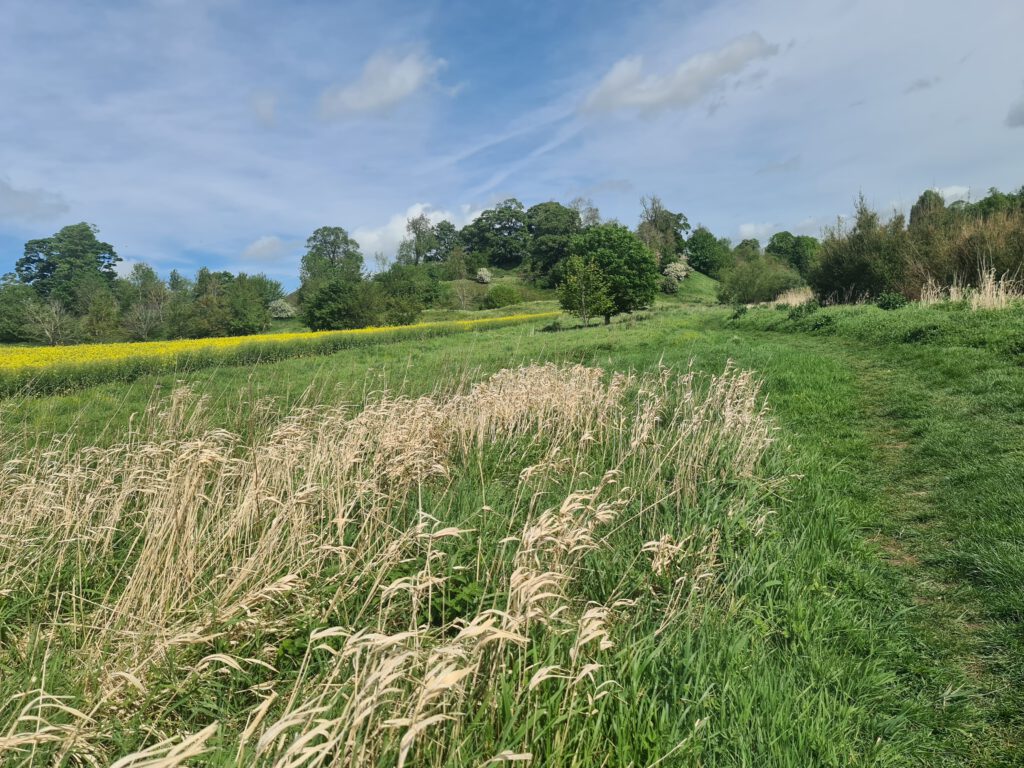
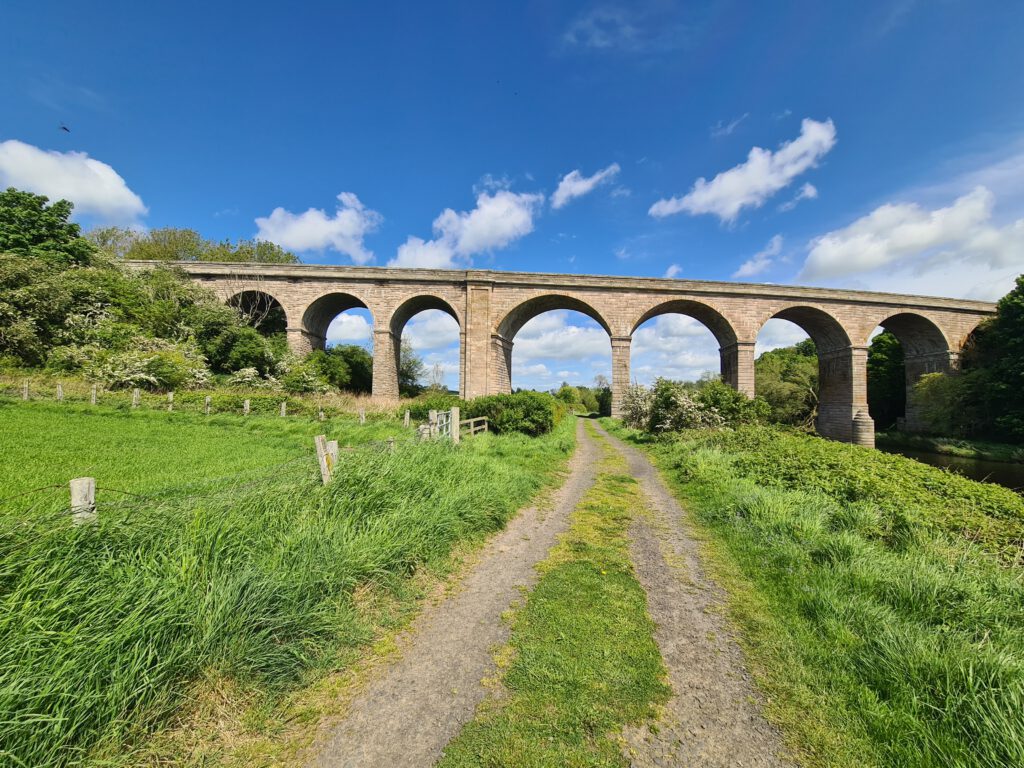
Leading through valleys and over hills the route is varied and shows the prime locations chosen by the monks in the 12th century along the River Tweed and Teviot, to this day you can see the fertile plains on the way as well as the richly stocked rivers a great place for salmon fishing.
The whole way is well waymarked with the AW symbol on posts, if using one of the maps in addition to the posts you will have it easy to follow the whole way from border town to border town.


Divided into 5 sections the route is not just easily followed but generally offers scenery that is top notch and not a day is like the one before, the equally distanced sections do their best to offer you the best views and opportunities for exploring the wide variety that is the Scottish Borders.
If starting from Kelso the things you can spot are Roxburgh Castle, Kelso Abbey, Roxburgh Viaduct, the former location of the town of Roxburgh, Waterloo Monument, Dere Street, Jedburgh Abbey, Jedburgh Castle as well as other sights in Jedburgh, Denholm, Hawick, Selkirk Auld Kirk, Abbotsford, Melrose Abbey, Rymers Stone, Temple of the Muses, Dryburgh Abbey, Smailholm Tower (only visible in the distance), Floors Castle and local landmarks.
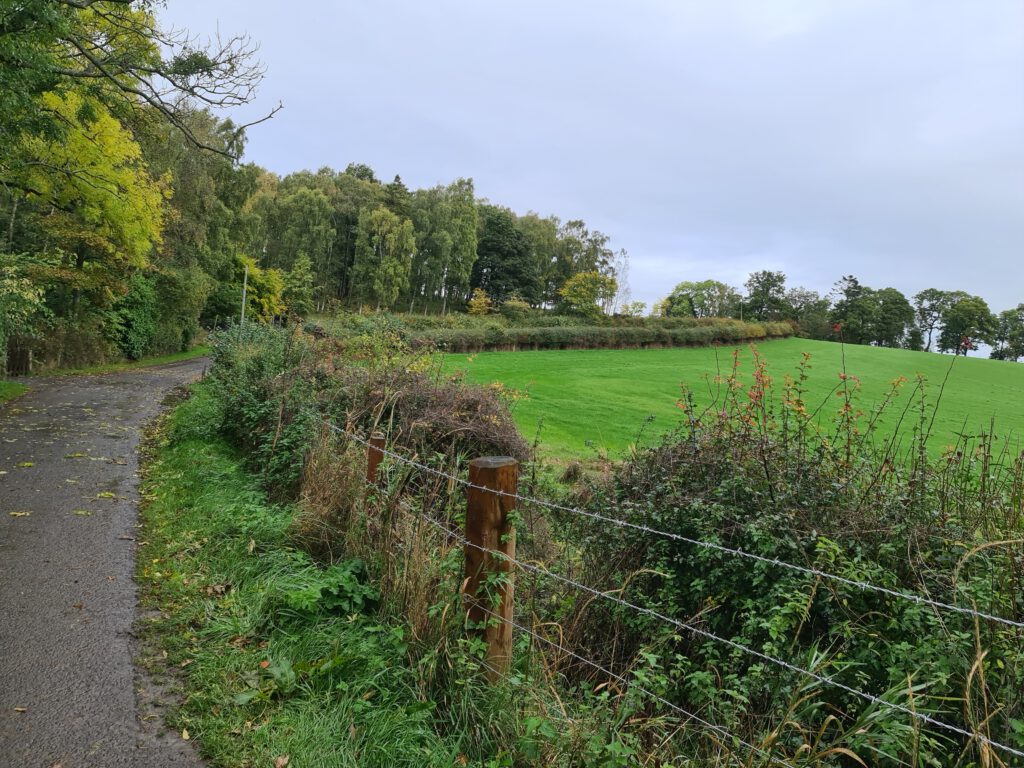
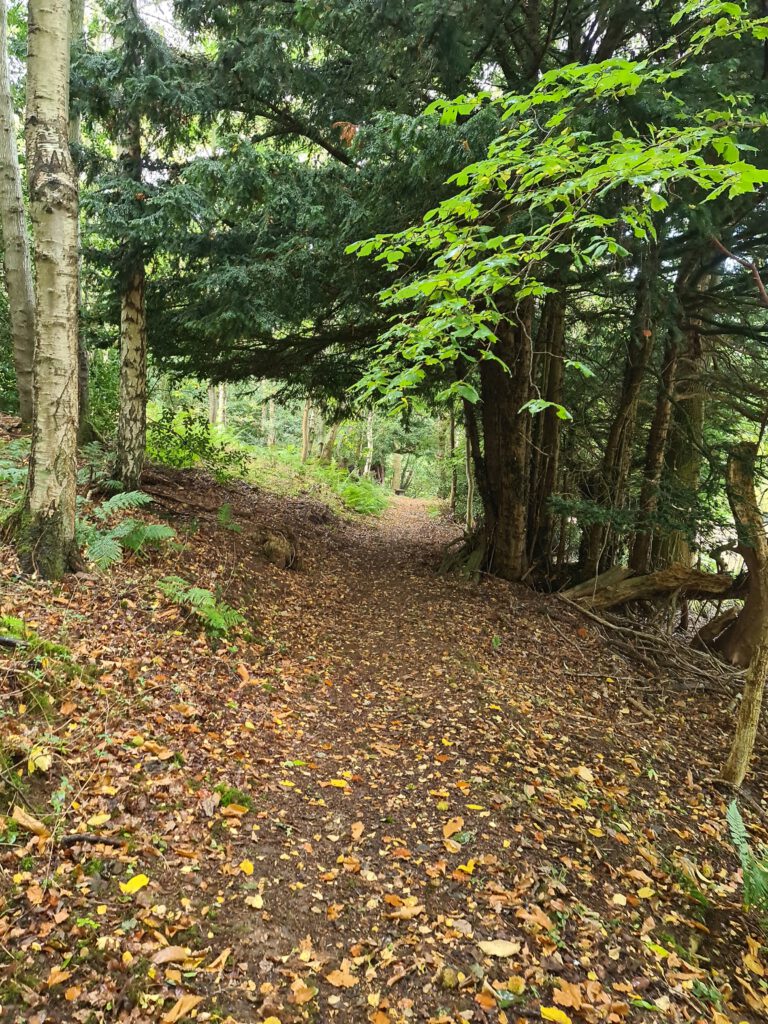
There are companies available that offer baggage transfer, other opportunities are to use one of the border towns as base and travel to the start of each walk with the local busses, each of the border towns is well connected and easily reached.
The clear tracks, paths and roads of the Border Abbey Way are well connected to some of the other Great Trails of Scotland, such as the Cross Borders Drove Road, the Romans and Reivers Route, St Cuthbert’s Way and the Southern Upland Way, the descriptions for which as well as for the Border Abbey Way itself can be found on the Councils website and some of the famous ones are also to be found with GPS data on Walkhighlands.
